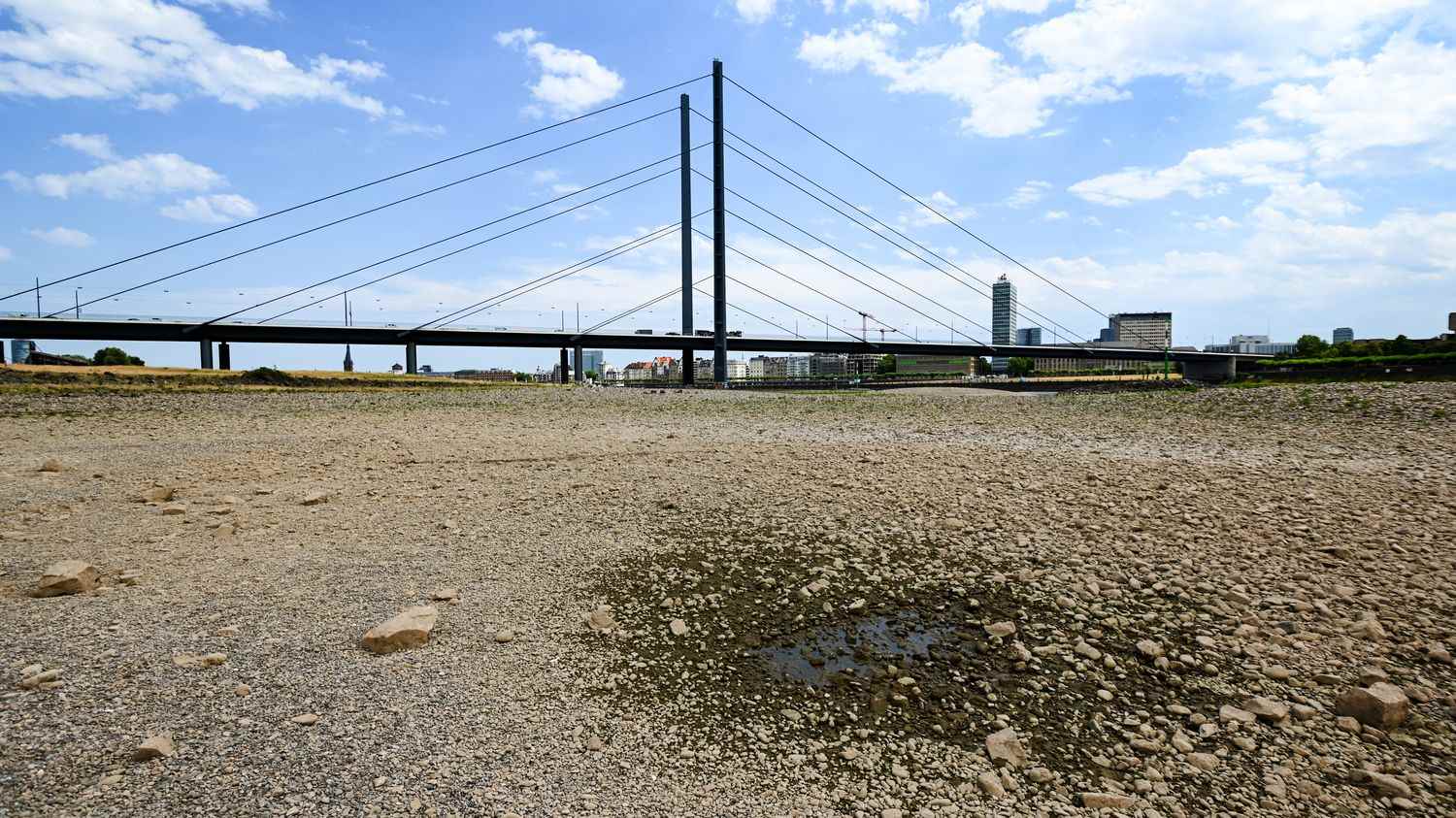Every day, the correspondents’ club describes how the same current event is illustrated in two countries.
The Minister of Ecological Transition Christophe Béchu wants to prepare the French for the +4°C scenario on global warming by 2100. “Preparing our country for four degrees means anticipating a lot of changes”, he warns, Wednesday February 22 on franceinfo. A report was given to him last week. It highlights the prevention policies implemented abroad to anticipate this trajectory. Direction Germany and Japan, two countries that are preparing for this “worst case” scenario.
102 risks identified in Germany
In Germany, Parliament is preparing a bill to anticipate climate change taking into account two scenarios, an optimistic and a pessimistic one, namely an average temperature rise of 4°C. The first step is to make an in-depth diagnosis with a study of the risks involved. A German risk study which is among the most elaborate.
The first step therefore is to identify the possible “impacts” of climate change. A total of 102 risks are identified. Thus in the chapter “biodiversity”, the climatic “impacts” cited are the “spread of invasive species”, or “damage to habitats at the edges of water and wetlands”. To counter the effects, the strategy sets 20 to 30 measurable objectives, divided between several major sectors: infrastructure, health, agriculture or economy. This risk study dates from 2021 and will serve as the basis for the next planned plan to cushion the effects of global warming until 2030.
A doubling of the number of extreme precipitation events in Japan
Japan has already included in its estimates the scenario of global warming of around 4°C, but it is difficult to say that the country is actively preparing for the worst-case scenario. However, there is a scenario known as RCP 8.5, namely for Japan a temperature increase of 3.7°C around 2081-2100 compared to pre-industrial levels. In the event of such warming, Japanese experts expect a doubling of the number of extreme precipitation events. Snowfall and heights of snow would be reduced by around 70% and conversely there would be a risk of an increase in the frequency of powerful typhoons. The sea level along the coasts of Japan could meanwhile rise by 71 cm.
Faced with this, the Japanese must therefore assess the risks incurred and the first steps to be taken in terms of surveillance, equipment, information, in various fields, whether for agriculture, water, vegetation, health or in the construction, finance and insurance sectors. However, Japan intends to make every possible effort, and it hopes the same from other countries, so that the real scenario is that of a warming that would not exceed 2°C.
